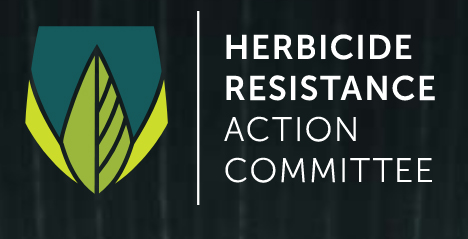INTERNATIONAL HERBICIDE-RESISTANT WEED DATABASE
|
|
Japanese Brome (Bromus japonicus) is a monocot weed in the Poaceae family. In Kansas this weed first evolved resistance to Group 2 (Legacy B) herbicides in 2007 and infests Winter wheat. Group 2 (Legacy B) herbicides are known as Inhibition of Acetolactate Synthase
(Inhibition of Acetolactate Synthase
). Research has shown that these particular biotypes are resistant to imazamox, propoxycarbazone-Na, pyroxsulam, and sulfosulfuron and they may be cross-resistant to other Group 2 (Legacy B) herbicides. The 'Group' letters/numbers that you see throughout this web site refer to the classification of herbicides by their site of action. To see a full list of herbicides and HRAC herbicide classifications click here.
|
|
|
|
|
| Common Name | Japanese Brome | | Species | Bromus japonicus | | Group | Inhibition of Acetolactate Synthase
HRAC Group 2 (Legacy B)
| | Herbicides | imazamox, propoxycarbazone-Na, pyroxsulam, and sulfosulfuron | | Location | United States, Kansas | | Year | 2007 | | Situation(s) | Winter wheat | | Contributors - (Alphabetically) | Dallas Peterson | |
|
|
|
| | Greenhouse, and Laboratory trials comparing a known susceptible Japanese Brome biotype with this Japanese Brome biotype have been used to confirm resistance. For further information on the tests conducted please contact the local weed scientists that provided this information. |
| |
| | Genetic studies on HRAC Group 2 resistant Japanese Brome have not been reported to the site. There may be a note below or an article discussing the genetics of this biotype in the Fact Sheets and Other Literature |
| |
| | Studies on the mechanism of resistance of Group 2 (Legacy B) resistant Japanese Brome from Kansas indicate that resistance is due to an altered target site. There may be a note below or an article discussing the mechanism of resistance in the Fact Sheets and Other Literature |
| |
| | There is no record of differences in fitness or competitiveness of these resistant biotypes when compared to that of normal susceptible biotypes. If you have any information pertaining to the fitness of Group 2 (Legacy B) resistant Japanese Brome from Kansas please update the database. |
|
|
|
|
| Professor and Extension Weed Specialist
Kansas State University
Department of Agronomy
3703 Throckmorton Plant Sciences Center
1712 Claflin Road
Manhattan, KS 66506-0110, Kansas
United States
Email Dallas Peterson
Web : Web Site Link |
|
|
|
|
| Drag a column header and drop it here to group by that column |
|
|
1
| United States (Kansas) | United States | Kansas | 2007 |
Winter wheat
|
imazamox, propoxycarbazone-Na, pyroxsulam, and sulfosulfuron
| 45 |
Inhibition of Acetolactate Synthase
( HRAC Group 2 (Legacy B)
| 246 | Bromus japonicus | Japanese Brome | 5447 |
|
 |
PERMISSION MUST BE OBTAINED FIRST if you intend to base a significant portion of a scientific paper on data derived from this site. Citation:
Heap, I. The International Herbicide-Resistant Weed Database. Online.
. Available
www.weedscience.org
Copyright © 1993-
WeedScience.org All rights reserved. Fair use of this material is encouraged. Proper citation is requested.
|
|